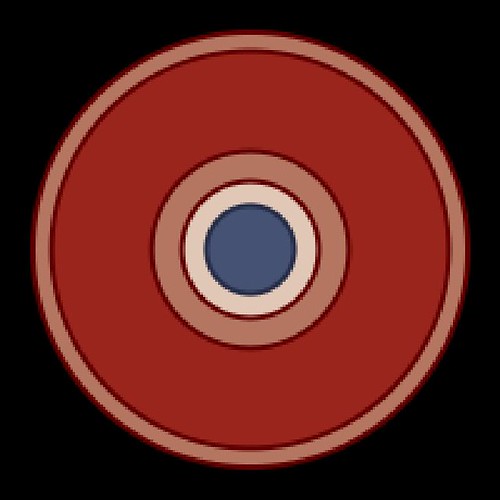
I have no illusions about someone happening upon this post, seeing the title, and thinking "Oh! This sounds like a fun read!"
However, for someone who is just now trying to understand just what centric (or concentric) systems are, it might be a sight for sore eyes (okay, maybe I'm stretching things a little!). At any rate, it's not very long, there are several examples, and it's something artists need to know about.
The Introduction to The Power of the Center, by Rudolf Arnheim, begins with this sentence: "This book derives from a single idea, namely that our view of the world is based on the interaction of two spatial systems." Those two spatial systems are the centric system and the Cartesian grid system. They are both gravity-based systems, one (the centric system) natural and one (the Cartesian grid) constructed by humans.
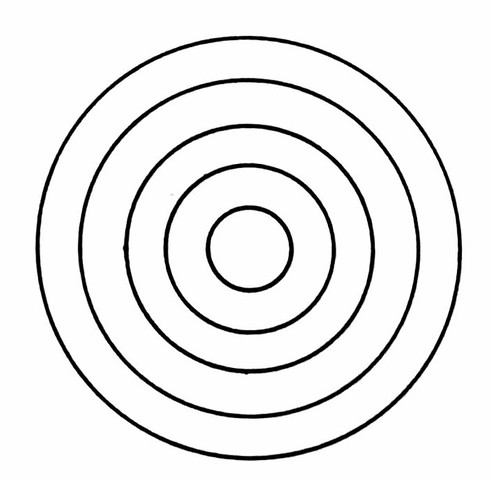 Centric System | 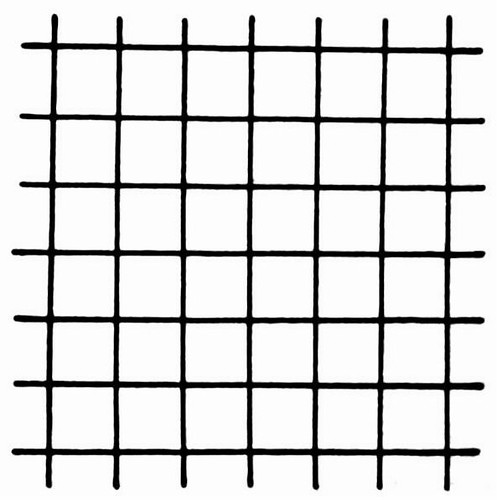 The Cartesian Grid |

Combined Centric and Grid Systems
I've written about the Cartesian grid in a post called Art, Gravity, Life, and the Cartesian Grid. Also, in a post on Round Artworks I showed examples of how the two systems are used together in art. The post you're reading now is a (very) basic introduction to centric systems, but it should be kept in mind that the two systems work together (I will write more about that in the future).
In case you wish to refer to them as you read CARTESIAN GRID: A system of straight lines meeting at right angles, either on a two-dimensional surface or in three-dimensonal space. (The Power of the Center) |
I include the definitions above because the two systems are called so many different things by Arnheim. Centric systems are also called by Arnheim cosmic systems and concentric systems -- and at least once he refers to a centric system as a cosmic onion. (He also refers to the Cartesian grid as a parochial system.. .not to impress you with his extensive vocabulary, as there is a very good reason for calling it that and also for using the other terms rather than just one for each of the two systems ... but it can be confusing nonetheless to encounter all these names for just two spatial systems, and this is why for the most part I have only used the term "centric" to describe the one system that this post is about.)
TO BEGIN.....
Let's take just the most important definition out of the above table and look at it here. CENTRIC SYSTEM: A system organized around a center, either two-dimensionally or three-dimensionally.
And look at this simple diagram of a centric system again:

Centric (or Concentric) System
Holding that definition and the diagram in mind, read on.
OUR SOLAR SYSTEM - EXAMPLE OF A CENTRIC SYSTEM
Possibly the best example of a natural centric system, held together by gravity, in this case with the sun at the center, is our solar system (aka planetary system): Earth, Mars, Venus, etc., and the sun [star] they travel around).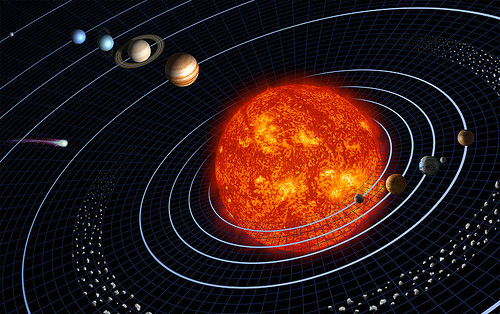
"Our Solar System...showing the Sun, Inner Planets, Asteroid Belt, Outer Planets, the largest object in the Kuiper Belt - Pluto (originally classifed as a planet), and a comet."
A CENTRIC SYSTEM IS USUALLY (IN NATURE) AND OFTEN (WHEN HUMAN MADE) PART OF OTHER CENTRIC SYSTEMS (and sometimes has centric systems within itself)
Just as in our solar system there is the sun (a star) that is orbited by planets some of which are orbited by moons (all of which together make a centric system), in a galaxy there are an incredibly huge amount of stars, some of which are at the center of their own centric systems that include planets (some of which are orbited by moons). In other words, there are what seems to me at least (not being a scientist) probably a huge amount of solar systems (which are centric systems) within galaxies that are centric systems themselves. Centric systems within centric systems, that is. And so on...this not being a science blog nor I a scientist ... but the point is that centric systems often have smaller centric systems within them and, as well, they are often parts of other, larger, centric systems.
GRAVITY IS WHAT HOLDS A CENTRIC SYSTEM TOGETHER
Gravity (roughly defined as the attraction of a smaller mass by a larger mass) is what holds a natural cosmic (centric) system together. You will already know that moons are held in place by the gravitational pull of the planets they orbit, and the planets are held in orbit by the gravitational pull of a star that we call a sun (the center of a solar system), and so on.
A SOLAR SYSTEM IS PART OF A GALAXY, A LARGER CENTRIC SYSTEM
We call the galaxy that contains our own solar system (the solar system is also called a planetary system) the Milky Way. Galaxies do not all have the same shape, but they are all centric systems, even though the "center" of these systems may not be one object but a cluster of many very dense objects (a black hole, stars, dark matter...) all of which add up to an immense gravitational pull on everything further away in the galaxy.
The Sombrero Galaxy
The Sombrero galaxy is about the size of our Milky Way galaxy. It probably contains hundreds of billions of stars, many of which are probably orbited by planets. Not only is a galaxy a centric system, but any planetary systems it contains are also centric systems.
EFFECTS OF GRAVITY THAT WE CAN SEE HERE ON EARTH
We and everything around and under us is affected by gravity in many ways. One example of how gravity works is the quite observable (though probably seldom thought of) fact that the pull of gravity of our own planet is holding us to its surface thus preventing us from floating off into space (we feel the pull of gravity on our bodies as weight). The pull of gravity from the center of the earth is the reason it takes energy for us to rise from our beds, to lift our arms (especially when carrying something heavy), to walk uphill or even to walk downhill if the incline is steep as we must expend energy to keep from falling ("falling" means being pulled by gravity). It even causes our nose and ears to grow longer as we age (they sag toward the center of the earth).
Another example, which most of us probably do relate to gravity, as it is fairly common knowledge, is the moon's gravitational pull and (to a slightly lesser extent because it is so far away) the sun's gravitational pull which cause the tides here on our planet. "Tides are the rise and fall of sea levels caused by the combined effects of the rotation of the Earth and the gravitational forces exerted by the Moon and the Sun." (Wikipedia article on tides)
Mount Orgueil at low tide
CENTRIC SYSTEMS ARE HIERARCHICAL
A centric system is hierarchical and what's at the center is at the "top" of the hierarchy. As you move away from the center, objects are, generally speaking, less affected by the center, and eventually you get to a point where objects belong to another centric system. However, of course, all objects within a centric system are by definition a part of it and affected to some degree by its center no matter how far away they are.
THE SHAPE OF A CENTRIC SYSTEM IS NOT ALWAYS ROUND
"Centric" systems are not always round (natural centric systems are round, or at least symmetrical, only when there is enough space to achieve their ideal shape and when there is no interference by agents -- chemical, physical, or etc. -- that are able to deform them; and certainly centric systems are not usually round in works of art).
The "Network Tree Diagram," above, is a good example of a centric system that is not round, nor even symmetrical, yet is a hierarchical system like any centric system. It also shows how a centric system can be a part of other centric systems, as there are actually several centric systems within the large one here.
BIG THINGS, SMALL THINGS -- ALL ARE HELD TOGETHER IN THE SAME WAY
The same thing happens in nature even in systems that are much, much smaller than planetary systems, as all matter attracts other matter, the matter with more mass attracting with greater effect and from a greater distance. However, when it comes to very small objects (compared to planets and moons and stars) gravitational attraction is hardly if at all perceptible. Yet it is there. The pictures below show some examples of smaller centric systems in nature.
 |  |
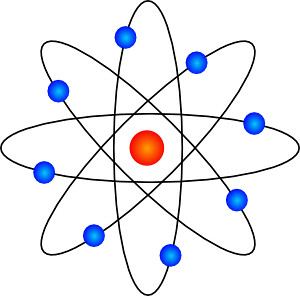 | 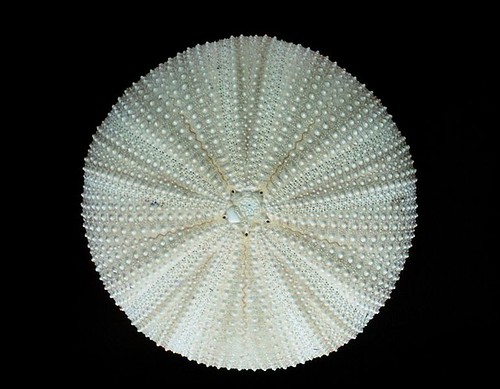 |
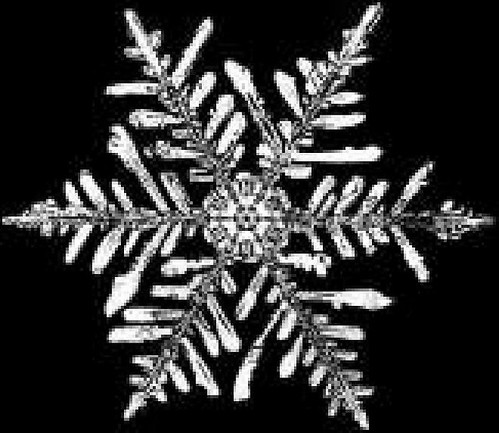 |  |
"Even in the crowded world of our direct experience, inorganic and organic matter occasionally has enough freedom to follow its inclination and form symmetrical structures -- flowers, snowflakes, floating and flying creatures, mammalian bodies -- shaped around a central point, a central axis, or at least a central plane. The human mind also invents centric shapes, and our bodies perform centric dances unless this basic tendency is modified by particular impulses and attractions." -- Rudolf Arnheim in the Introduction to The Power of the Center. |
CIRCLE DANCES ALSO CONFORM TO A CENTRIC SYSTEM ARRANGEMENT
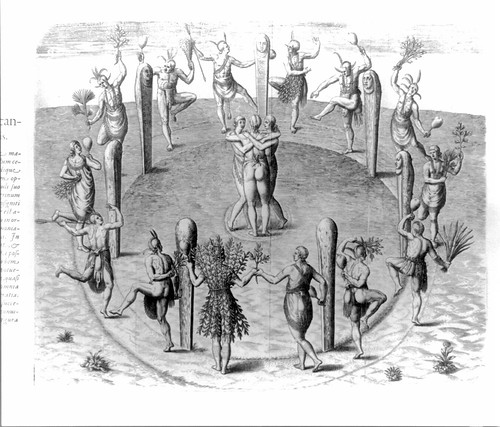
American Indian circle dance
"The circle is probably the oldest known dance formation." Wikipedia article on the circle dance
Bird's eye view of Avebury, in Wiltshire, England.
(Image from fromoldbooks.org)
Avebury is about 5,000 years old, even older than Stonehenge. You can easily see the centric systems involved in these man-made structures.
WHY DO WE NEED TO KNOW ABOUT CENTRIC SYSTEMS?
Knowledge of how centric systems work in nature (along with knowledge of how the Cartesian grid system that we have imposed upon centric systems in order to organize and understand what we see works) is essential for artists, and often is understood intuitively, if unconsciously. It is likely that we already "know" much of how these spatial systems work just from what we have observed in the world around us and what we have learned from school and books and so on -- and in the case of the centric system, we may even have been born with a tendency to arrange things hierarchically in circles and possibly even to find round or spherical patterns and places comforting (especially when we are at the center) and "complete" (thus satisfying) -- but we may easily mistrust and/or ignore, or even have no conscious awareness at all of this "knowledge" nor any interest in knowing about the spatial systems we live with, not realizing that such knowledge can have any use in art, or how to use it in art. So if we are not already fully aware of how these systems work, and why, it seems like a good idea to learn about these things consciously in order that we can make good use of all this in the art that we produce. And once we have it all in mind, then we need to understand how this knowledge can be useful to us - which I haven't written about here, but will in future posts.
Meantime, if you haven't already, you can read more about the Cartesian grid, and about how gravity influences our perception of the world and even the structures we make to live in, among many other things, in my post called Art, Gravity, Life, and the Cartesian Grid.
_____
NOTE: All pictures used in this post are in the public domain.

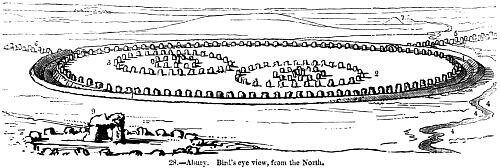
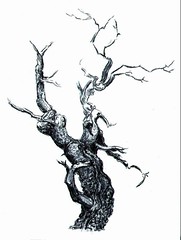
4 comments:
Jean I really enjoy your well thought out posts. Have you ever thought of doing a book. You would be most excellent, I kid you not! Think about it!
Oh, just to let you know I loved the idea of a cosmic onion so much I started a blog with that name... I'm not even sure what I'm going to do with it(but something will come to me I'm sure)but I DID want to hold the name. Piggy aren't I? :)))
How neat! A cosmic onion blog! :-) I'm glad you got to the name first!
I really appreciate your comments. They're very flattering! :-D
My grin didn't come out right. (At least on my computer.)
:-D
Post a Comment